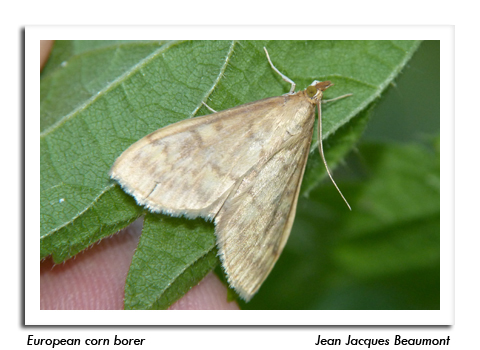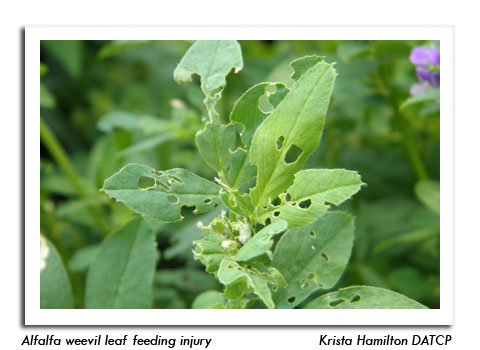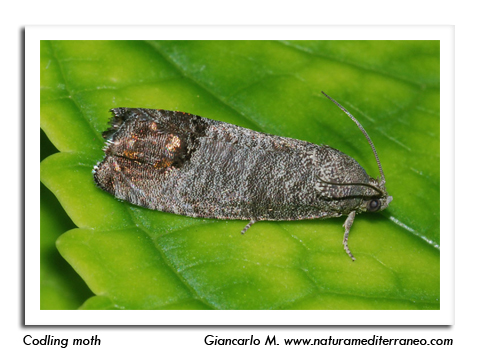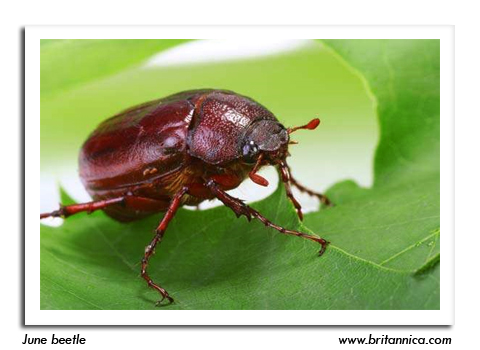
 |
|
|
Looking Ahead
Volume 63 Number 5 Date 05/31/2018 EUROPEAN CORN BORER - Moths began emerging by May 24 and are now depositing eggs on vegetable and weed hosts. Based on the European corn borer degree day model, the spring flight should peak from June 3-9 in southern and central Wisconsin and from June 10-16 in areas north of Wausau. BLACK CUTWORM - Survey traps have captured a cumulative total of 1,984 moths at 47 monitoring sites since the first migrants were documented on April 12. Repeated significant flights throughout May signal that damaging infestations could continue to develop well into June. Many cornfields are under a heightened threat of larval infestation at this time. Routine scouting for evidence of cutting or below-ground tunneling injury is advised until V5. ALFALFA WEEVIL - Defoliation will become more pronounced next week as more larvae reach the larger third and fourth-instars. Peak weevil feeding is predicted for June 1-14 across much of the state. Alfalfa fields harvested soon are unlikely to sustain economic larval damage exceeding the 40% threshold, and insecticide sprays can be avoided. Timely harvest remains the most effective management tool for this pest. CODLING MOTH - Emergence of spring moths has surged, with very large flights of 30-71 moths recorded at several cooperating orchards. Controls directed against first-generation larvae are most effective when applied at approximately 250 or 350 degree days (modified base 50°F) after biofix, which is the equivalent of 11 or 16 calendar days at daily highs of 85°F and daily lows of 60°F. A first larvicide application at 250 degree days post-biofix is recommended for sites with high CM pressure or heavy flights exceeding 10 moths per week. TRUE ARMYWORM - Minor local flights have been documented in black light traps throughout May, and larvae are becoming increasingly common in alfalfa sweep net samples. Armyworm caterpillars should begin appearing on perimeter row corn plants in the next two weeks. SOYBEAN APHID - Colonization of emerging soybeans is likely to occur in the week ahead. Reports indicate egg hatch on buckthorn has been underway for several weeks and the spring dispersal of winged aphids is expected to start now that more than 25% of the state's soybean acreage has emerged. JUNE BEETLE - An extremely heavy population of adult June beetles has been reported from the Boscobel area of Grant County. According to the report, the beetles have severely defoliated young oaks and fruit trees, causing complete loss of the first flush of leaves. June beetle problems are usually localized, and control is rarely warranted. -- Krista Hamilton, DATCP Entomologist 




|
|
|